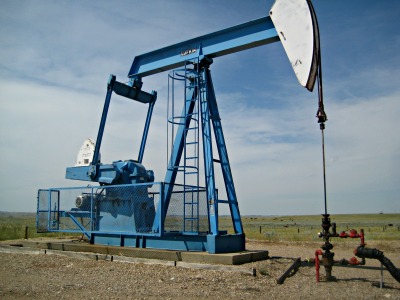ceiling
by Al
(Kimberley)
Why is the term Ceiling so hard to define. I can not understand how many people don't know what it means.
Some have no idea where I have seen it in the forecast. I have asked people that have reported the weather on TV. My dictionary even avoids it having any connection with the weather. Will you please enlighten us?
Thank You
Dave
Barry's Response - The American Meteorological Society has a glossary of meteorology at https://www.google.com/search?q=amsglossary+allenpress+glossary&rlz=1C1GGGE_enCA518CA518&oq=amsglossary+allenpress+glossary&aqs=chrome..69i57j5.5079j0j4&sourceid=chrome&ie=UTF-8, in which they define ceiling, as used in aviation meteorology as:
1. Initially, the ceiling classification applied when the reported ceiling value was determined by a pilot in flight within one and a half nautical miles of any runway. In aviation weather observations, aircraft ceilings refer to vertical visibility or obscuring phenomena aloft as well as clouds.
2. An aircraft's maximum operating altitude while using visual navigation.
From my experience at the ICAO, it was the lowest altitude (viewed from the ground) where the clouds covered more than half the sky. "Half" includes lower clouds too, so it's a running total. A METAR (aviation weather observation report) is based on the height at which BKN (or OVC) cloud coverage is first reported. Some national jurisdictions also require opacity for those clouds.
What does a ceilometer tell you? A human observer must assess the fraction of sky obscured by the definition(s) above. An automated weather station uses a laser projecting robot called a ceilometer to detect the distance to a certain level of attenuation of reflected light. The weather station is not set up to assess the entire sky with one ceilometer.
more weather and cloud information now.
Let's see what my online expert has to say:
Ceiling, in meteorology, refer to the lowest layer of clouds (such as fog or smoke) above the ground. Aviators use it to assess safety, visual flight rules, and weather conditions that affect visibility.
Ceilometers measure the cloud base height or the height of the lowest cloud layer. Lasers or other light sources are fired upwards, and the light is reflected or scattered by clouds or atmospheric particles. Cloud base height can be calculated by measuring how long it takes the light to return to the instrument.
Ceilometers generally measure cloud base height at the specific location where they're installed. Ceilometers provide real-time and accurate cloud height information at airports, weather stations, and research facilities. However, clouds can vary in height over short distances, so a single ceilometer observation might not capture the entire vertical structure of clouds.
For a more comprehensive picture of cloud cover and ceiling heights over a broader area, meteorologists use ceilometers and other observation tools. It helps improve the overall accuracy and representation of cloud conditions in weather forecasts, especially for aviation operations and other activities.
Do you have concerns about air pollution in your area??
Perhaps modelling air pollution will provide the answers to your question.
That is what I do on a full-time basis. Find out if it is necessary for your project.
Have your Say...
on the StuffintheAir facebook page
Other topics listed in these guides:
The Stuff-in-the-Air Site Map
And,
Thank you to my research and writing assistants, ChatGPT and WordTune, as well as Wombo and others for the images.
GPT-4, OpenAI's large-scale language generation model (and others provided by Google and Meta), helped generate this text. As soon as draft language is generated, the author reviews, edits, and revises it to their own liking and is responsible for the content.




